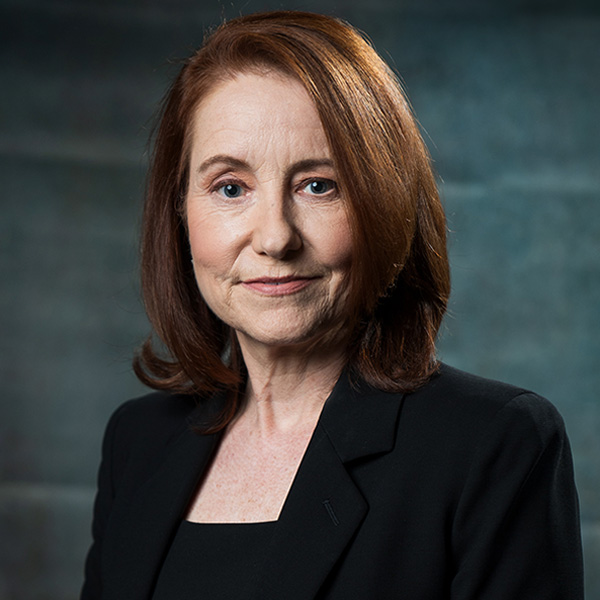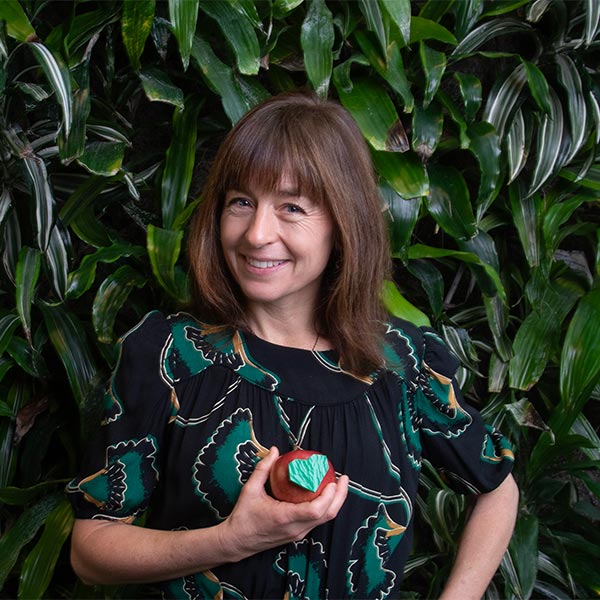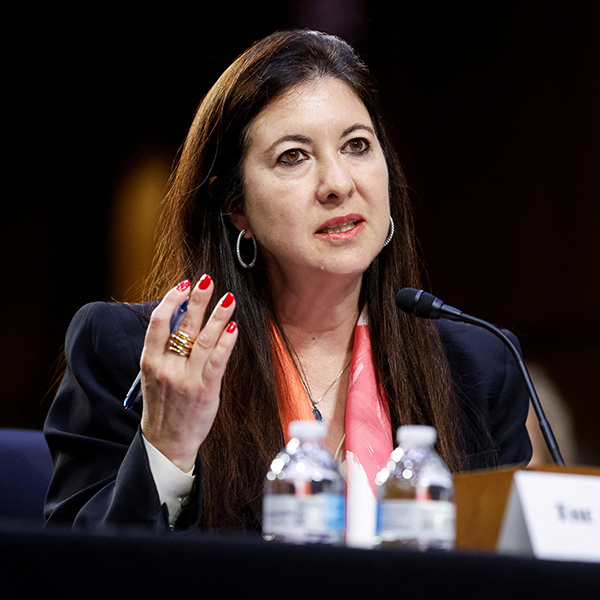Growing up in small-town Ontario, Nick Haramis, BA’07, regularly devoured the glamourous magazines produced in North America’s splashiest city. “My gateway to New York culture was through magazines,” says Haramis.
Interview, co-founded by Andy Warhol, one of the most iconic New Yorkers of them all, was a particular favourite.
The beginning of 2018 marked Haramis’s first year as Interview’s editor-in-chief. “When trying to figure out what shape the magazine should take – how it looks or what the content of each issue should be – I always hearken back to what I would have liked to read in Interview when I was growing up in Cornwall,” says Haramis.
He describes the job as “such a fulfilling, unexpected gig.”
At this point in his career, Haramis is a youthful veteran of the world of arts and culture magazines. He has been the executive editor of BlackBook, the editorial director of Bullett, and, most recently, the articles editor at T: The New York Times Style Magazine.
Haramis introduced the popular section “Perfect Strangers” to T (it featured unusual pairings of well-known individuals in conversation – astrophysicist Neil deGrasse Tyson and model Cindy Crawford, for instance). He recently edited a book that expanded on one of his most celebrated features for T. Courage is Contagious is an affectionate look at the legacy of former U.S. first lady Michelle Obama, and includes essays from the likes of novelist Chimamanda Ngozi Adichie, Vogue editor-in-chief Anna Wintour, Blackish actress Tracee Ellis Ross and ninth-grader Adasensis de la Cruz. It’s an eclectic mix and one with natural echoes in his current job.
“I came on board confident that I knew how to put together a magazine,” says Haramis of his early days at Interview. “Being a fan of Interview and knowing quite a bit of its history, it felt like a no-brainer pairing to me.” Having worked previously, for the most part, on smaller publications that came out less frequently, Haramis had some adjusting to do. “I’ve had people under me before, but nothing of this scope,” he says. “[It made me] realize how much we need to work together as a team.”
It didn’t take him long to start making big changes. He undertook a significant redesign of the magazine that involved everything from the size of the pages to the typography.
Some of that rethinking extended to the magazine’s content.
“There have been a lot of internal conversations about what politics looks like in our magazine, because it’s always been a celebration of art and culture and entertainment and fashion. Politics hasn’t really come into it in an explicit way. But nowadays, you can’t really help but be part of a dialogue, and we’ve decided to do it through the people we’ve chosen to celebrate,” says Haramis.
A recent issue featured a round-table discussion among prominent female TV showrunners moderated by Pamela Adlon, the co-creator and star of the Peabody Award-winning Better Things. Another piece, on up-and-coming models, opted for a non-standard approach to the topic.
“That was clearly a reflection of what’s happening in the world of fashion right now,” says Haramis, “where models who have traditionally been sidelined as ‘mannequins’ are getting the opportunity to have their voices heard and speak up about what they feel comfortable and don’t feel comfortable doing.”
Haramis is happy to chat about the joys of recently arranging for a “bonkers” interview of Joaquin Phoenix conducted by Will Ferrell, but he is just as excited to seek out stories that are further afield. He points to a recent piece about 10-year-old Desmond Napoles, aka Desmond Is Amazing.
“He’s a big advocate for kids that are trying to figure out their gender identity,” says Haramis. “He’s a drag-kid – that’s what he calls himself – and he’s created this coalition of like-minded kids who are trying to figure out and express who they are.” This broad view of who merits a spot in Interview is not really such a departure for the magazine, he explains.
“It’s always been at the core of Interview’s identity,” says Haramis. “It’s been [about] Andy putting the most famous person he knew on the cover, but then also the club kid who just arrived at Penn Station on the bus.”


